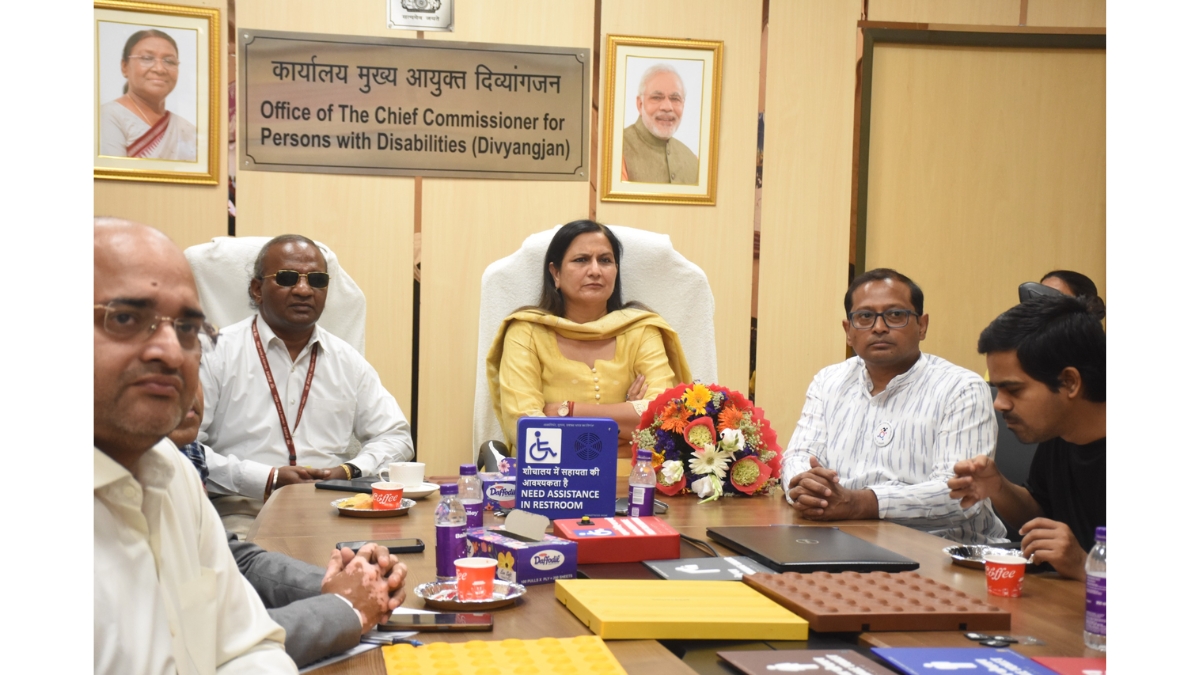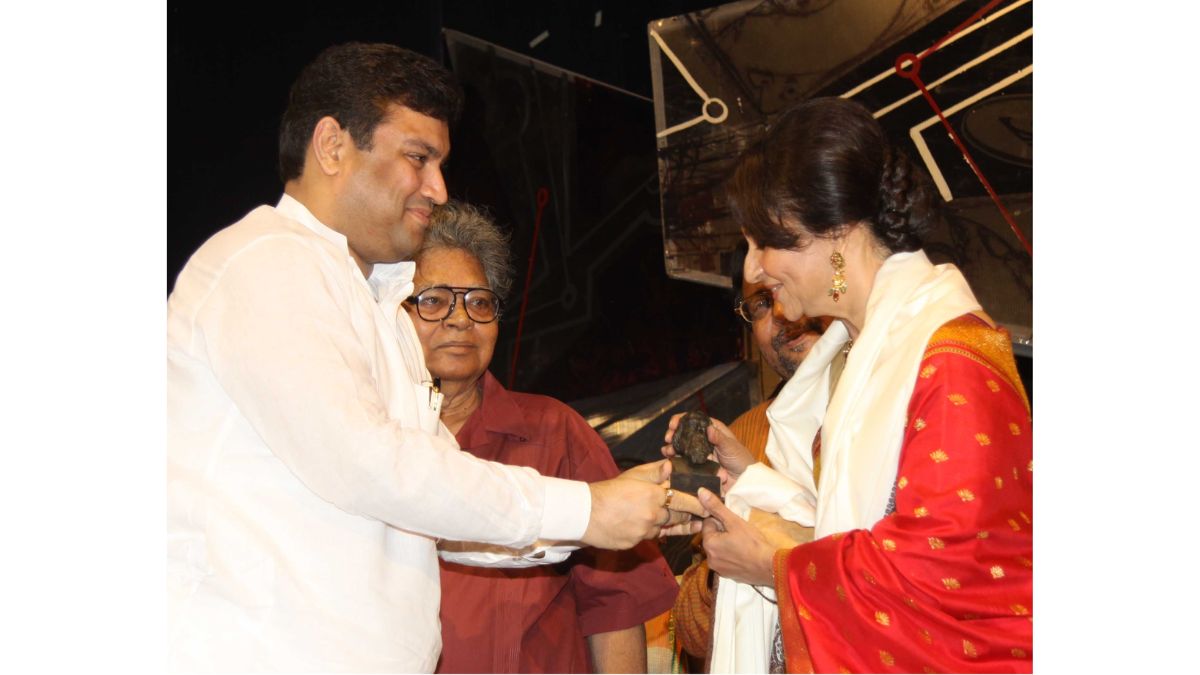What to read to understand poker, the finest game ever invented

In poker, as in life, the decision-making calculus changes with each new bit of information. The goal—building the best possible five-card hand—is simple; the path to get there is tortuous, variable and shifting. Therein lies the game’s glory, its appeal for authors and peril for readers. Surveying the poker bookshelf reveals an endless array of books that promise to turn the reader into a “feared shark”, or develop an “unbeatable strategy”. In fact the only thing that will make any player good is playing and losing a lot. But that does not mean the entire poker canon is meritless. Here are six of the best—meaning the most instructive and enjoyable books on the best game ever invented.
The Theory of Poker: A Professional Poker Player Teaches You to Think Like One. By David Sklansky. Two Plus Two Publishing; 316 pages; $29.95 and £29.95
Given that poker games are won in practice rather than theory, and that these days players can choose from an array of apps, books and articles laying out the “GTO strategy” (game-theory optimal, resulting in the fewest possible exploitable mistakes) for every hand and situation, of what value, really, is a 36-year-old book on poker theory? First, reading about theory provides an invaluable grounding. Think of poker as a foreign language. The goal of learning a language is to communicate, but before one can pontificate, persuade or write poetry, one first needs to learn grammar and pronunciation. And before one can effectively bluff, for instance, it helps to understand the conditions under which bluffing generally works.
Theory provides a set of intellectual skills for players to develop. As David Sklansky explains, “Beginning poker players sometimes ask, ‘What do you do in this particular situation?’ There really is no answer to that question because it’s the wrong question…The right question is: ‘What do you consider in this particular situation before determining what to do.’” This book is clear, patient, thoughtful and best of all, hype-free. Before becoming a poker pro, Mr Sklansky was an actuary and—in the best sense—he still writes and thinks like one. He does not promise to turn you into an unbeatable shark. Instead, he lays out a series of hands, and walks through the possibilities, asking when, why and how: When is the right time to bluff? Why should you play a certain hand from one position and not another? How should you use an opponent’s actions to “read” his hand? This book teaches players the right questions to ask.
Every Hand Revealed. By Gus Hansen. Kensington; 224 pages; $15.95 and £11.99
This is a perfect companion to Mr Sklansky’s book: it is 100% practice, with minimal theory or abstraction. Mr Hansen, who has won more than $10m playing poker, is known for his relentlessly aggressive play, and in this book he presents a hand-by-hand account of a tournament that he won in 2007. It begins on the first day with a 5-7 spade hand that he folded after limping into the pot (meaning he called a low bet but did not raise, letting him see the three shared cards for not much money), and it ends four days later, with him winning the last hand on a showdown, in which his pair of aces won after his opponent failed to make a straight. That was Mr Hansen’s 329th hand, and if you’re wondering whether somewhere around the 250-page mark this book gets a little tedious, the answer, alas, is yes. On the other hand, as wonderful a game as poker is, playing it professionally involves a lot of folding, waiting and watching: ie, a lot of tedium. Mr Hansen’s prose is serviceable but—befitting a player known for his aggression—excitable, with exclamation marks littering each page. But as an insight into how a pro thinks, hand by hand, day by day, it’s unrivalled.
The Education of a Poker Player. By Herbert Yardley. Ishi Press; 142 pages; $18.95 and £11.95
This book begins the less instructive, more literary and fun section of this list. Yardley, who published this book in 1957 and died a year later, was one of the most interesting people ever to sit at a poker table. He began playing as a teenager, in Worthington, Indiana, after his mother died, leaving him $200, whereupon he “did pretty much as I pleased”. Like many successful players, he had a facility for maths; unlike many, he was running a 160-person department of cryptanalysts at the State Department before his 30th birthday.
After the department shut, Yardley wrote a couple of novels, and was then hired by Chiang Kai-Shek to monitor the communication of Japanese armies in China. He returned to America when the second world war broke out, and spent the remainder of his life in Washington, DC, often playing poker with journalists at the National Press Club.
His book is a throwback to poker’s early days, before game-theory optimisation and televised tournaments, when it was disreputable with a frisson of danger—when it could still inspire sentences like these: “I saw the big Swede, Bones Alverson, a poor weather-beaten corn farmer, bet the last of his farm against a tent show, only to die three minutes later, his cards clutched in his hands—a winner.” Yardley learns to play poker at Monty’s Place, a saloon, “the only clean one” of the seven in Worthington that had poker rooms. The book is a series of engagingly told Socratic dialogues about poker, with Monty as Socrates and plenty of storytelling. The entire book takes maybe three hours to read, and is worth every second.
The Biggest Game in Town. By Al Alvarez. Picador; 192 pages; $18. Bloomsbury; £12.99
In 1981, the New Yorker sent Al Alvarez, a British poet and critic, to Las Vegas to cover the World Series of Poker (WSOP). Today, the WSOP is a six-week-long, televised event held at two casinos on the Vegas Strip that in 2022 drew nearly 200,000 entrants and had a total prize pool of almost $350m. But in 1981, it was held at the poky Binion’s Horseshoe, well off the Strip, and the Main Event—the no-limit Texas Hold ‘Em tournament—drew just 75 players. The winner took home $375,000.
This book is a portrait of the poker world when it was neither as disreputable as it was in Yardley’s time, nor quite mainstream. Alvarez portrays the game as deeply romantic, which to most players, especially most recreational players, it remains. That includes the stars he profiles, “because that was how the poker pros saw themselves: as the last of the gunslingers, ready for a showdown with any stranger who dared to take them on.” Alvarez is a terrific listener and profiler: Mr Sklansky, for instance, “is like one of Dostoyevsky’s intolerant student revolutionaries: broad face, trimmed beard, steel spectacles, styleless clothes”. This is another quick, memorable read.
Cowboys Full: The Story of Poker. By James McManus. Picador; 608 pages; $26.00. Profile Books; £14.99
James McManus’s first book, “Positively Fifth Street,” trod Alvarezian ground. In 2000, Harper’s sent him out to cover the World Series of Poker; instead, he spent his advance on a buy-in, and did surprisingly well. It is an entertaining read—Mr McManus is a good storyteller and had a good story to tell, even if his prose tends to be a little windy and self-regarding—but “Cowboys Full” fills an empty niche. It tells the story of poker from the very beginning (“Every organism needs to manage a series of life-or-death risks,” he writes, shortly before launching into a discussion of Egyptian and Sumerian gambling). From there he flits swiftly to China, Korea, Persia, Mughal India, Venice and France, but poker, and this book, really find their footing in America. Mr McManus is equally at home discussing history, literature, film and poker strategy. His book is one long series of delightful digressions, variable enough to let every reader pick a favourite story or character. Your correspondent is partial to David Shoup, a one-time Marine Corps Commandant, whom a journalist described as a “squat, red-faced man with a bull neck, a hard-boiled, profane shouter of orders” who relaxed by writing poetry and becoming “the most formidable poker player in his division”, capable of “staring down opponents with eyes ‘like two holes in a burn blanket’”.
The Biggest Bluff: How I Learned to Pay Attention, Master Myself and Win. By Maria Konnikova. Fourth Estate; 368 pages. $14.99. HarperCollins Publishers; £9.99
This is yet another book by yet another journalist who immerses herself in the world of professional poker in order to enter the WSOP. Unlike Messrs McManus and Alvarez, Ms Konnikova had no prior experience. Also unlike them, she trained as a psychologist, and knows her way around social-science literature, making this book more instructive and ruminative than gonzo-macho. In their books, success at the table is what matters. In Ms Konnikova’s what counts is the self-knowledge she gains along the way. For instance, every serious player can recall, and sometimes wallow in, stories of “bad beats”, when they made every decision correctly but still lost. Her teacher, Erik Seidel—an even-keeled, intellectually curious, wildly successful professional player—warns her away from that habit: bad beats happen to everyone; what matters is making good decisions, and dwelling on the outcome means dwelling on things beyond one’s control. “Do we see ourselves as victims or victors?” she writes, having ruminated on his advice. “A victim: the cards went against me. Things are being done to me, things are happening around me, and I am neither to blame nor in control. A victor: I made the correct decision. Sure, the outcome didn’t go my way, but I thought correctly under pressure. And that’s the skill I can control.” Poker is not a game of chance; it is a test of character.
At times this book may drift too close to self-help for some readers. But few do a better job of tracing the implications of lessons learned around the table to the world beyond it.
Also try
We have written on why poker is a game of skill, not chance, as well as why keeping a poker face might not matter if you can’t control your hands and arms. In addition, investors can learn from the world’s best poker players. Finally, consider the joys of teaching poker to your children (and keeping their money).
© 2023, The Economist Newspaper Limited. All rights reserved. From The Economist, published under licence. The original content can be found on www.economist.com
Download The Mint News App to get Daily Market Updates & Live Business News.

Atul Tiwari is a seasoned journalist at Mumbai Times, specializing in city news, culture, and human-interest stories. With a knack for uncovering compelling narratives, Atul brings Mumbai’s vibrant spirit to life through his writing.





